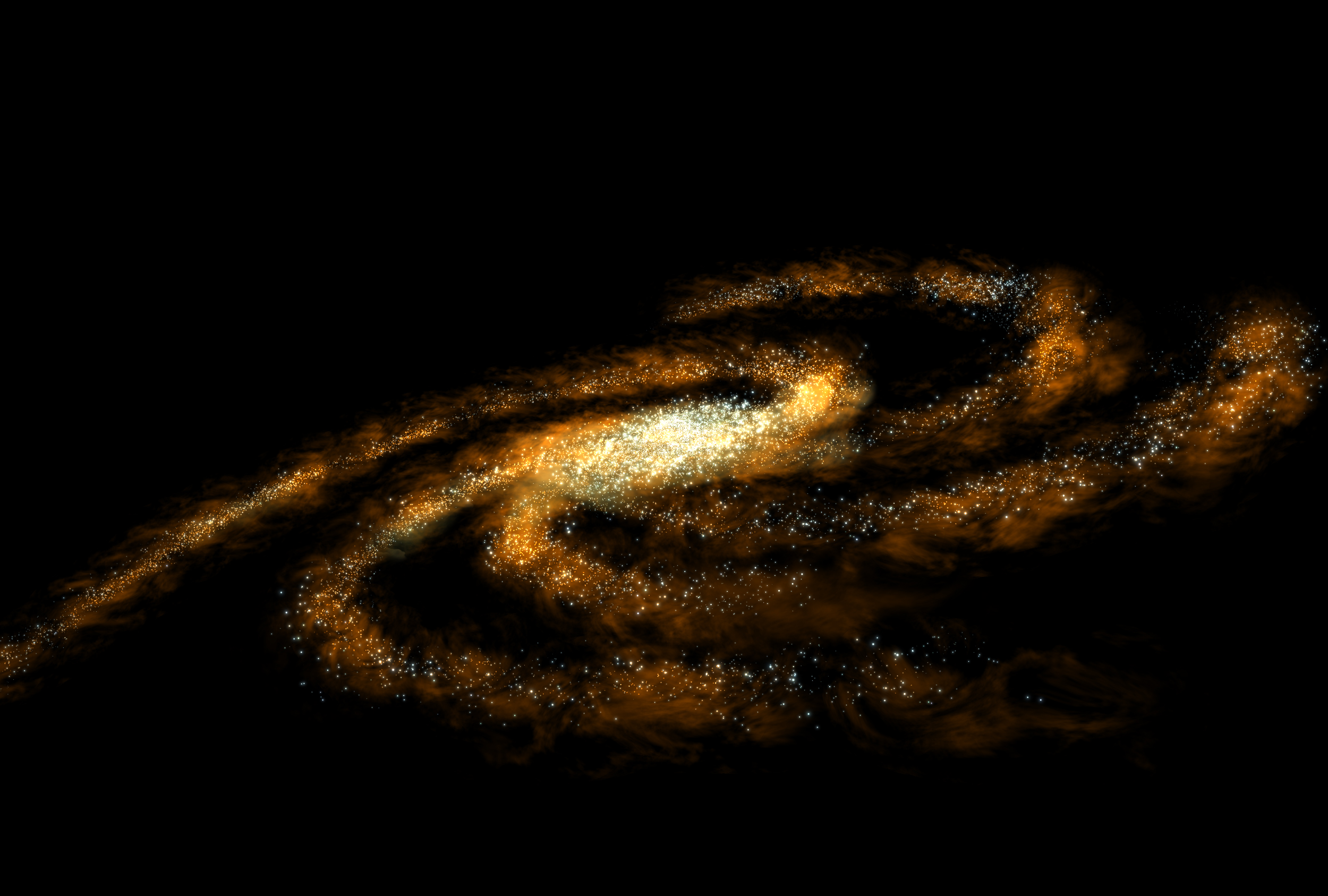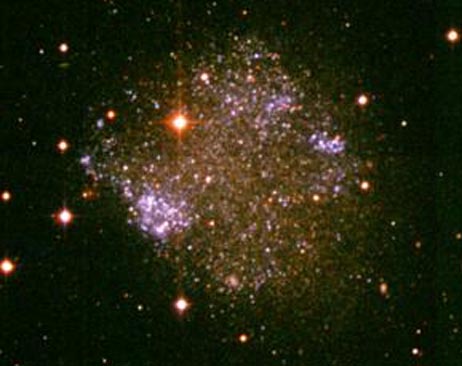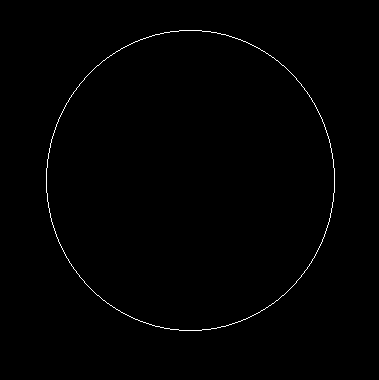Can You Pass The Hardest Astronomy Test?

Take this quiz and learn more about cosmology, planets, galaxies, asteroids, astro photography, the Big Bang and black hole!
- 1.
_____ is the closest planet to the Earth.
Explanation
Mercury is the closest planet to Earth, with an average distance of about 48 million miles (77 million kilometers). It is also the closest planet to the Sun, with an average distance of approximately 36 million miles (58 million kilometers). Mercury is the smallest planet in our solar system and is often visible to the naked eye near sunrise or sunset due to its proximity to the Sun.Rate this question:
- 2.
_____ has the highest winds recorded in the Solar System.
Explanation
Neptune has the highest winds recorded in the Solar System. This is because Neptune is the eighth and farthest known planet from the Sun. Its atmosphere is composed mostly of hydrogen and helium, with traces of methane, which gives it a blue color. The winds on Neptune can reach speeds of up to 1,500 miles per hour, making them the most powerful in the Solar System. These extreme winds are believed to be caused by the planet's fast rotation and its deep atmosphere.Rate this question:
- 3.
_____ has the tallest known peak in the Solar System, Olympus Mons.
Explanation
Mars has the tallest known peak in the Solar System, Olympus Mons. This volcano stands at a height of around 13.6 miles (22 kilometers), making it nearly three times the height of Mount Everest, the tallest peak on Earth. Olympus Mons is a shield volcano, characterized by its broad, gently sloping sides. Its size and height are attributed to the lack of tectonic plate movement on Mars, allowing the volcano to continuously erupt and build up over time.Rate this question:
- 4.
_____ is the largest planet in the Solar System.
Explanation
Jupiter is the largest planet in the Solar System. It has a diameter of about 143,000 kilometers, which is more than 11 times the diameter of Earth. It is also the fifth planet from the Sun and is known for its distinct bands of clouds and the Great Red Spot, a massive storm that has been raging for centuries. Jupiter's size and mass make it a dominant force in the Solar System, and it plays a crucial role in shaping the orbits of other planets and asteroids.Rate this question:
- 5.
_____ is the 2nd largest planet.
Explanation
Saturn is the second largest planet in our solar system, after Jupiter. It has a diameter of about 116,464 kilometers, making it significantly larger than all the other planets except for Jupiter. Saturn is known for its iconic rings, which are made up of ice particles, dust, and rocks. These rings give Saturn its distinct appearance and make it one of the most recognizable planets in our solar system.Rate this question:
- 6.
_____ has relatively calm weather patterns.
Explanation
Uranus has relatively calm weather patterns because it has a thick atmosphere composed mainly of hydrogen and helium. This atmosphere creates a stable environment with minimal turbulence and storm activity. Additionally, Uranus has a low internal heat source, which further contributes to its calm weather patterns.Rate this question:
- 7.
The only planet in the Solar System that is capable of sustaining life is _____.
Explanation
Earth is the only planet in the Solar System that is capable of sustaining life because it has the right combination of factors necessary for life to exist. It has a suitable atmosphere that provides oxygen, water in liquid form, and a moderate climate. Earth also has a protective magnetic field that shields it from harmful solar radiation. Additionally, Earth's position in the habitable zone, the region around a star where conditions are ideal for life, further supports its ability to sustain life.Rate this question:
- 8.
Darkest part of shadow of moon or Earth.
- A.
Umbra
- B.
Penumbra
Correct Answer
A. UmbraExplanation
The term "umbra" refers to the darkest part of a shadow, specifically the part where no direct light can reach. In the context of the question, it is asking for the darkest part of the shadow of the moon or Earth. Therefore, the correct answer is "umbra."Rate this question:
-
- 9.
The part of a shadow that is only partly illuminated; partial shadow.
- A.
Umbra
- B.
Penumbra
Correct Answer
B. PenumbraExplanation
A penumbra refers to the part of a shadow that is only partially illuminated. It is the area where some light is blocked, but not all, resulting in a partial shadow. This is in contrast to an umbra, which refers to the fully shaded or darkened area of a shadow. Therefore, the correct answer is penumbra.Rate this question:
-
- 10.
An eclipse that occurs when the moon passes into Earth's total shadow, or umbra.
- A.
Lunar Eclipse
- B.
Solar Eclipse
Correct Answer
A. Lunar EclipseExplanation
A lunar eclipse occurs when the moon passes into Earth's total shadow, or umbra. This happens when the Earth is directly between the sun and the moon, causing the moon to be in complete darkness. The Earth's atmosphere bends some sunlight, causing the moon to appear reddish during a total lunar eclipse. This phenomenon can only occur during a full moon when the sun, Earth, and moon are perfectly aligned.Rate this question:
-
- 11.
An eclipse that occurs when the moon's total shadow, or umbra, falls on Earth.
- A.
Solar Eclipse
- B.
Lunar Eclipse
Correct Answer
A. Solar EclipseExplanation
A solar eclipse occurs when the moon passes between the sun and the Earth, blocking the sun's light and casting a shadow on the Earth. This shadow is divided into two parts: the penumbra, which is a partial shadow, and the umbra, which is the total shadow. In a solar eclipse, the moon's umbra falls on Earth, causing a temporary darkness or partial darkness in certain areas. This is different from a lunar eclipse, where the Earth's shadow falls on the moon.Rate this question:
-
- 12.
What constellation is Polaris in?
Correct Answer
Ursa MinorExplanation
Polaris, also known as the North Star, is located in the constellation Ursa Minor. Ursa Minor is a small constellation that contains Polaris at its tip, which makes it a useful reference point for navigation and locating the North Pole.Rate this question:
- 13.
What kind of galaxy is this?
Correct Answer
Spiral galaxy
SpiralExplanation
The given correct answer for this question is "Spiral galaxy." This suggests that the image or description provided in the question is likely showing a spiral galaxy. Spiral galaxies are characterized by their distinct spiral arms that radiate from a central bulge. These arms contain young stars, gas, and dust, giving them a spiral appearance. This type of galaxy is one of the most common in the universe and includes famous examples like the Milky Way.Rate this question:
- 14.
What kind of galaxy is this?
Correct Answer
Elliptical galaxy
EllipticalExplanation
The given answer "Elliptical galaxy" is the correct explanation for the type of galaxy shown. Elliptical galaxies are characterized by their smooth and elongated shape, lacking the spiral arms and disk structure seen in spiral galaxies. They are composed mostly of older stars and have little to no ongoing star formation. The term "elliptical" alone is not specific enough to describe the type of galaxy, so the phrase "elliptical galaxy" provides a more accurate and complete explanation.Rate this question:
- 15.
What kind of galaxy is this?
Correct Answer
Irregular galaxy
IrregularExplanation
The given answer, "Irregular galaxy, Irregular," suggests that the galaxy in question is an irregular galaxy. Irregular galaxies are characterized by their lack of a distinct shape or structure, unlike spiral or elliptical galaxies. They often have a chaotic appearance with no defined spiral arms or central bulge. These galaxies typically contain young stars, dust, and gas, indicating ongoing star formation. The repetition of the term "Irregular" in the answer reinforces the classification of the galaxy as an irregular galaxy.Rate this question:
- 16.
What is the order of the planets?
Correct Answer
Mercury Venus Earth Mars Jupiter Saturn Uranus Neptune, 'Mercury, Venus, Earth, Mars, Jupiter, Saturn, Uranus, Neptune, 'Mercury, Venus, Earth, Mars, Jupiter, Saturn, Uranus and Neptune', 'Mercury Venus Earth Mars Jupiter Saturn Uranus and Neptune'Explanation
The correct order of the planets is Mercury, Venus, Earth, Mars, Jupiter, Saturn, Uranus, Neptune.Rate this question:
- 17.
What moon phase is this?
Correct Answer
Waxing CrescentExplanation
The given answer "Waxing Crescent" is the correct moon phase for the image or description provided. Waxing Crescent refers to the phase when the moon is partially illuminated, with less than half of its surface visible from Earth. It is the phase that occurs after the New Moon and before the First Quarter. In this phase, the illuminated portion of the moon is increasing, but less than half of it is visible, resembling a crescent shape.Rate this question:
- 18.
What moon phase is this?
Correct Answer
Waning CrescentExplanation
The moon phase shown in the question is a waning crescent. A waning crescent occurs when the illuminated portion of the moon is decreasing, and only a small crescent shape is visible. This phase occurs just before the new moon and is characterized by a thin, sliver-like shape of the moon.Rate this question:
- 19.
What moon phase is this?
Correct Answer
Last Quarter
Waning QuarterExplanation
The correct answer is Last Quarter. The moon phase shown in the question is the last quarter, also known as the third quarter. This phase occurs when the moon is exactly halfway between the full moon and the new moon. During this phase, the left half of the moon is illuminated and the right half is in shadow. Waning Quarter is not a correct term for a moon phase, so it is not the correct answer.Rate this question:
- 20.
What moon phase is this?
Correct Answer
First Quarter
Waxing QuarterExplanation
The correct answer is First Quarter. The first quarter moon phase occurs when the moon is halfway between a new moon and a full moon. It appears as a half-moon shape in the sky, with the right side illuminated. Waxing Quarter is not a recognized moon phase.Rate this question:
- 21.
What moon phase is this?
Correct Answer
New MoonExplanation
The given answer "New Moon" is correct because it is a phase of the moon where it appears completely dark or invisible from Earth. During this phase, the moon is positioned between the Earth and the Sun, with the side of the moon facing the Earth not illuminated by sunlight. This is the beginning of the lunar cycle and marks the start of a new moon phase.Rate this question:
- 22.
What moon phase is this?
Correct Answer
Full MoonExplanation
The given answer "Full Moon" is the correct answer because a full moon is a lunar phase that occurs when the moon is on the opposite side of the Earth from the Sun, resulting in the moon appearing fully illuminated from Earth's perspective. This phase is characterized by a complete circle of light on the moon's surface, making it easily identifiable as a full moon.Rate this question:
- 23.
An average star turns into a red giant, then into planetary nebula, then into a white dwarf.
- A.
True
- B.
False
Correct Answer
A. TrueExplanation
As a star ages and exhausts its nuclear fuel, it expands and becomes a red giant. Eventually, the outer layers of the red giant are expelled, forming a planetary nebula. The remaining core of the star then collapses and becomes a white dwarf. This sequence of events, from red giant to planetary nebula to white dwarf, is a common evolutionary path for average stars. Therefore, the statement that an average star turns into a red giant, then into a planetary nebula, then into a white dwarf is true.Rate this question:
-
- 24.
A massive star turns into a red supergiant, then either a black hole or a neutron star, and then a supernova.
- A.
True
- B.
False
Correct Answer
B. FalseExplanation
A massive star turns into a red supergiant, then into a supernova, and then either a black hole or a neutron star.Rate this question:
-
Quiz Review Timeline +
Our quizzes are rigorously reviewed, monitored and continuously updated by our expert board to maintain accuracy, relevance, and timeliness.
-
Current Version
-
Mar 18, 2024Quiz Edited by
ProProfs Editorial Team -
Jan 21, 2010Quiz Created by
Mikejc
- Aeronautics Quizzes
- Aerospace Quizzes
- Agricultural Science Quizzes
- Astrology Quizzes
- Atom Quizzes
- Biochemistry Quizzes
- Biology Quizzes
- Biomechanics Quizzes
- Biostatistics Quizzes
- Biotechnology Quizzes
- Botany Quizzes
- Branches Of Science Quizzes
- Chemistry Quizzes
- Cytology Quizzes
- Easy Science Quizzes
- Ecology Quizzes
- Electrical Quizzes
- Embryology Quizzes
- Endocrinology Quizzes
- Engineering Quizzes
- Environmental Science Quizzes
- Epidemiology Quizzes
- Experiment Quizzes
- Forestry Quizzes
- Fossil Quizzes
- Gas Quizzes
- General Science Quizzes
- Genetics Quizzes
- Histology Quizzes
- Human Biology Quizzes
- Integrated Science Quizzes
- Invention Quizzes
- Library Science Quizzes
- Lighting Quizzes
- Liquid Quizzes
- Marine Biology Quizzes
- Microbiology Quizzes
- Molecular Biology Quizzes
- Nature Quizzes
- Neuroscience Quizzes
- Nuclear Science Quizzes
- Oceanography Quizzes
- Physics Quizzes
- Psychology Quizzes
- Science And Technology Quizzes
- Science Glossary Quizzes
- Science Knowledge Quizzes
- Science Practice Quizzes
- Scientific Method Quizzes
- Scientific Notation Quizzes
- Soil Science Quizzes
- Solar System Quizzes
- Solid Quizzes
- Zoology Quizzes










